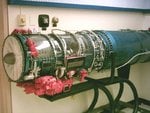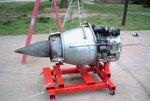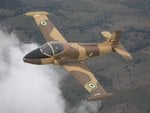AL,
Those are the official performance figures for the Me-262.
Eric Brown tested the Me-262 for the RAE and during the speed trials the top speed was established as 900 km/h in level flight. There's a video on Youtube where Eric Brown comments this qouting the top speed as 568 mph:
View: https://www.youtube.com/watch?v=RACSnJDrfgA
The reason for the extremely conservative official figures from Messerschmidt was the full awareness of how much performance varied from batch to batch of Jumo 004 engines. The one Brown tested apparantly had a very good surface finish and good engines.
And about the P-80A, IIRC it wasn't up until late 1945 that a top speed of 556 mph was reached, the P-80's in Europe are said to hve had a top speed around 770 km/h, not much.
Those are the official performance figures for the Me-262.
Eric Brown tested the Me-262 for the RAE and during the speed trials the top speed was established as 900 km/h in level flight. There's a video on Youtube where Eric Brown comments this qouting the top speed as 568 mph:
View: https://www.youtube.com/watch?v=RACSnJDrfgA
The reason for the extremely conservative official figures from Messerschmidt was the full awareness of how much performance varied from batch to batch of Jumo 004 engines. The one Brown tested apparantly had a very good surface finish and good engines.
And about the P-80A, IIRC it wasn't up until late 1945 that a top speed of 556 mph was reached, the P-80's in Europe are said to hve had a top speed around 770 km/h, not much.




